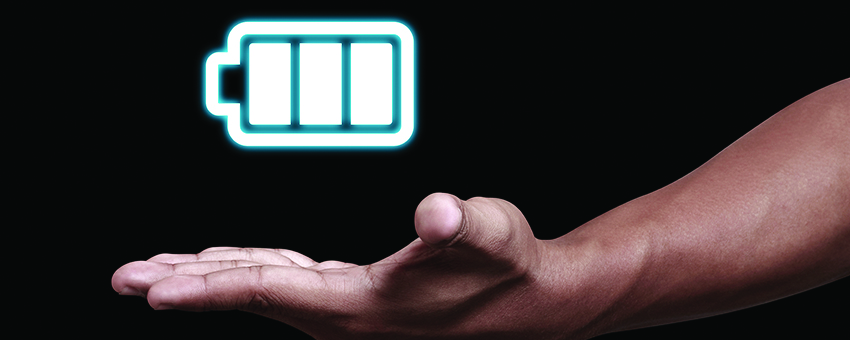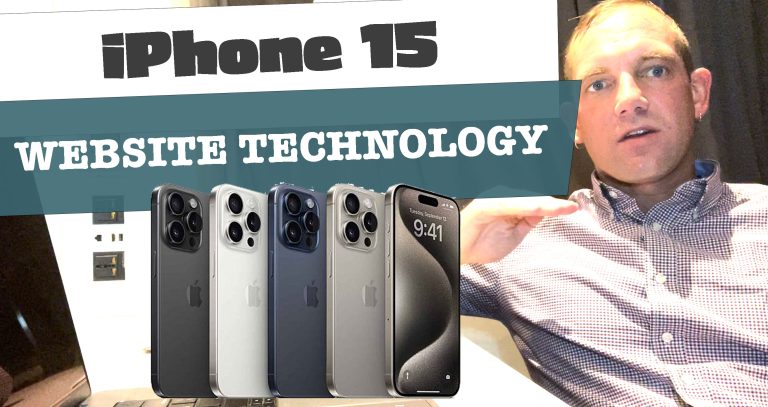
Among the issues that arise concerning consumers wants in mobile devices, invariably, the topic of greater battery life comes up. Improved processor power is a popular item under discussion among chip companies, handset manufacturers, and wireless carriers who recognize the need for more battery life without compromising the consumer’s smartphone experience.
The question is where is the increased performance going to emanate from? Quad-core CPU’s are destined to become the standard for mobile devices. The development of the first eight-core is in the works at Samsung for it’s in its Galaxy S4. But delivery dates are hard to come by. Companies such as AMD, Intel, Nividia and Qualcomm anticipate that they will have to work harder at marketing the existing chips
Snapdragon’s CPU chips will employ specialized blocks that reduce the pressure placed on the mail cores. The objective is to assure that it is not necessary to re-charge the device on a daily basis. But, as one insider remarked, “You can’t keep packing bigger batteries because of the public’s adoration of thinner phones. Something’s got to give.”
Nividia is planning on adding a fifth, “stealth” core to stretch battery life. Also new technology is being engineered to double battery life. Apple almost single-handedly promoted higher density displays with the PPI in iPhone’s, for example. HTC implemented a PPI of 440 in the Droid platform.
The transition into higher battery life applies to consoles as well. It’s estimated that, by this year, the energy gap between console and mobile games will no longer exist. I envision a smart phone platform as a miniaturized metaphor for the Starship Enterprise. With all of its apps and significant system power demands, one can hear the captain pleading from the bridge, “More power Scottie, giver ‘er all you’ve got”





















